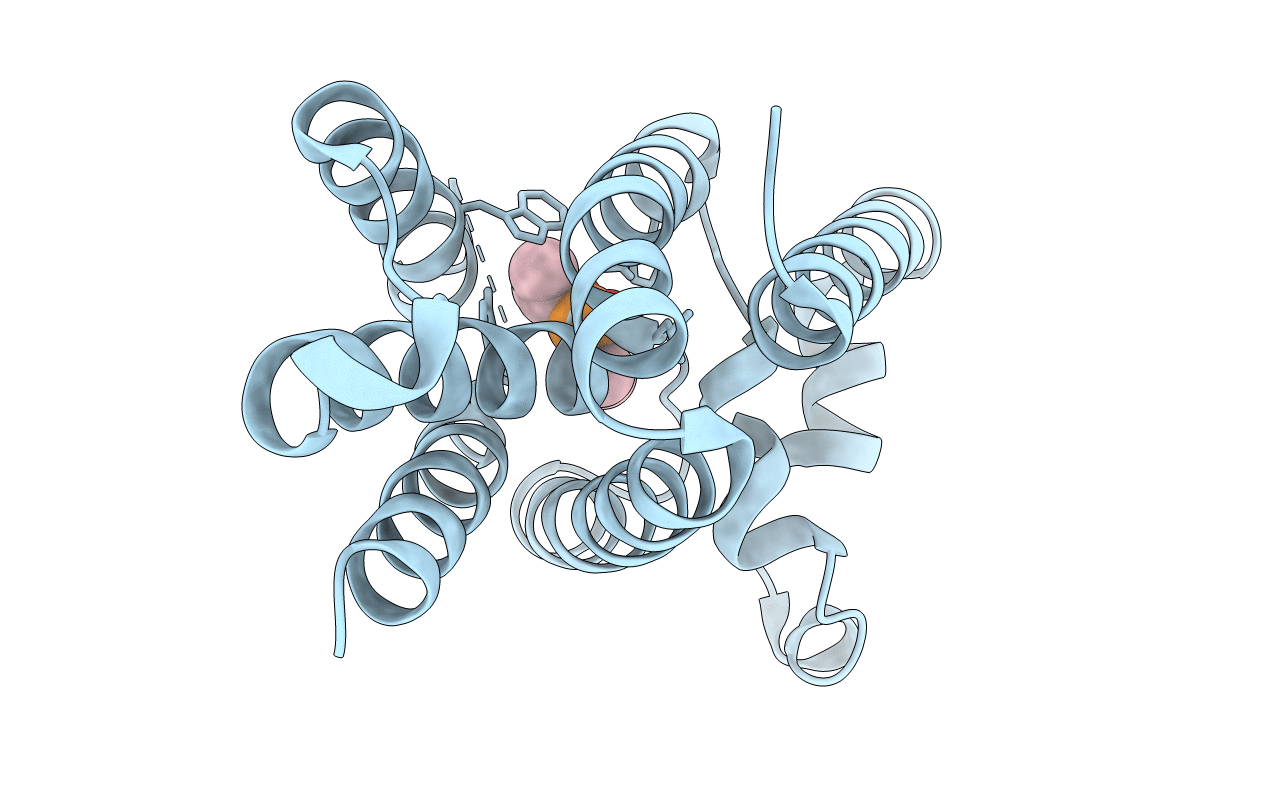
Deposition Date
2012-09-10
Release Date
2013-05-01
Last Version Date
2024-11-20
Method Details:
Experimental Method:
Resolution:
2.90 Å
R-Value Free:
0.26
R-Value Work:
0.23
R-Value Observed:
0.23
Space Group:
H 3 2


